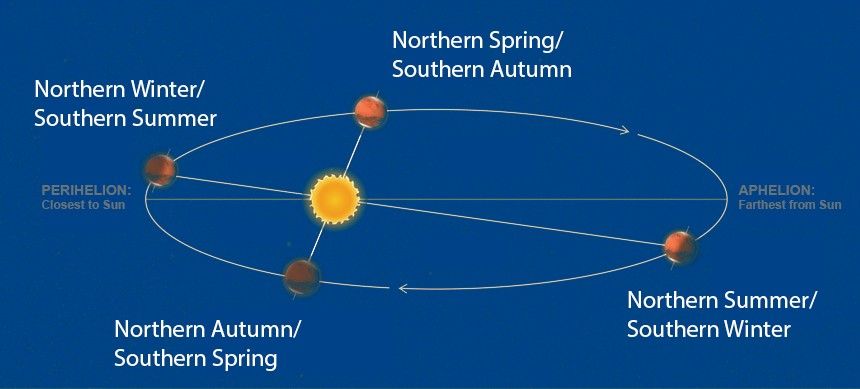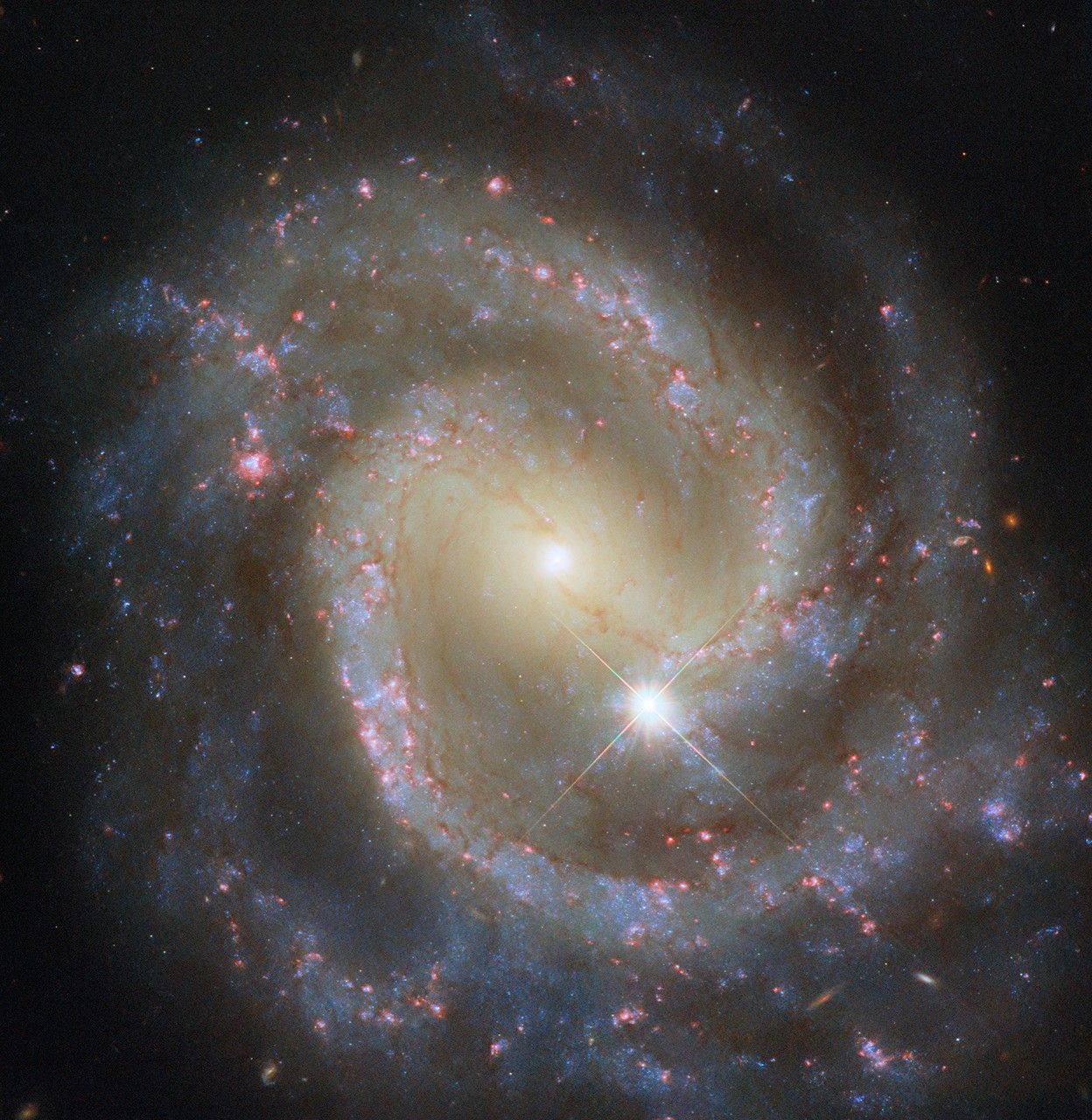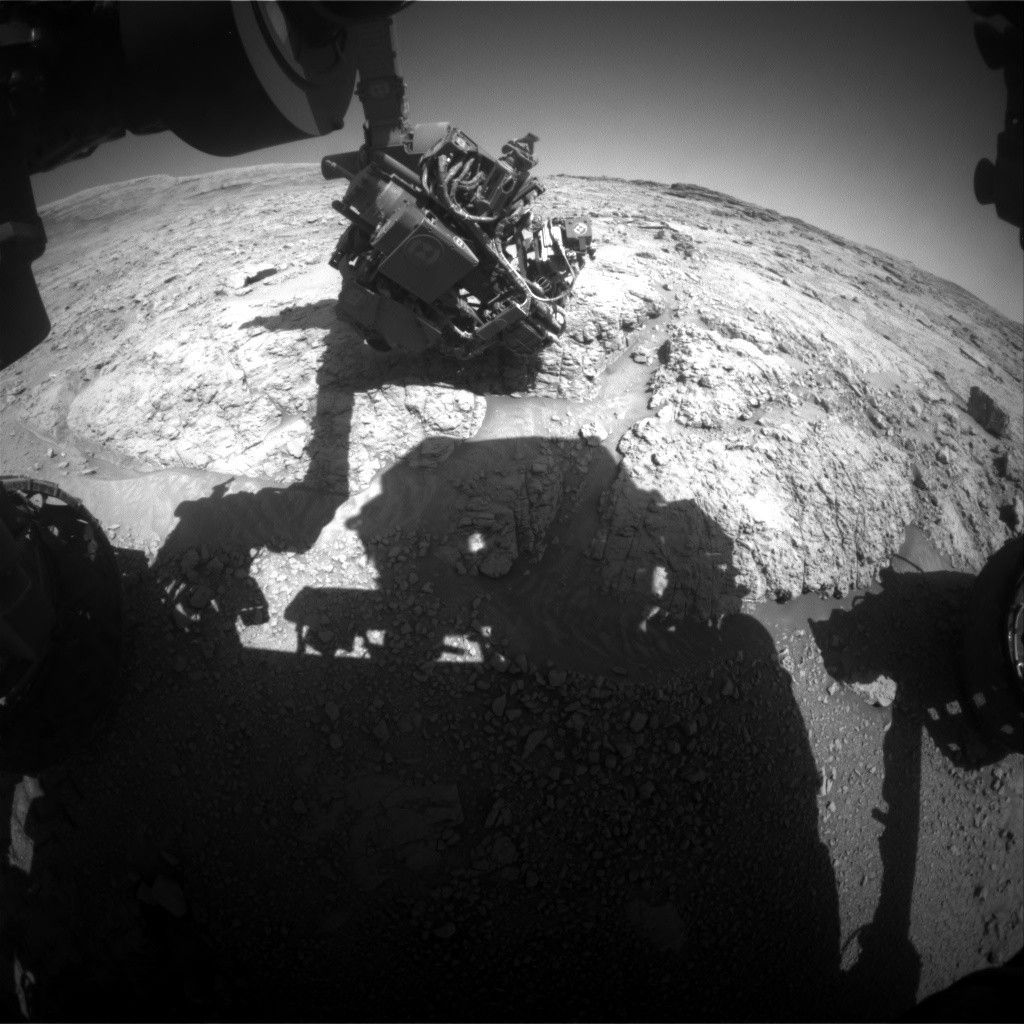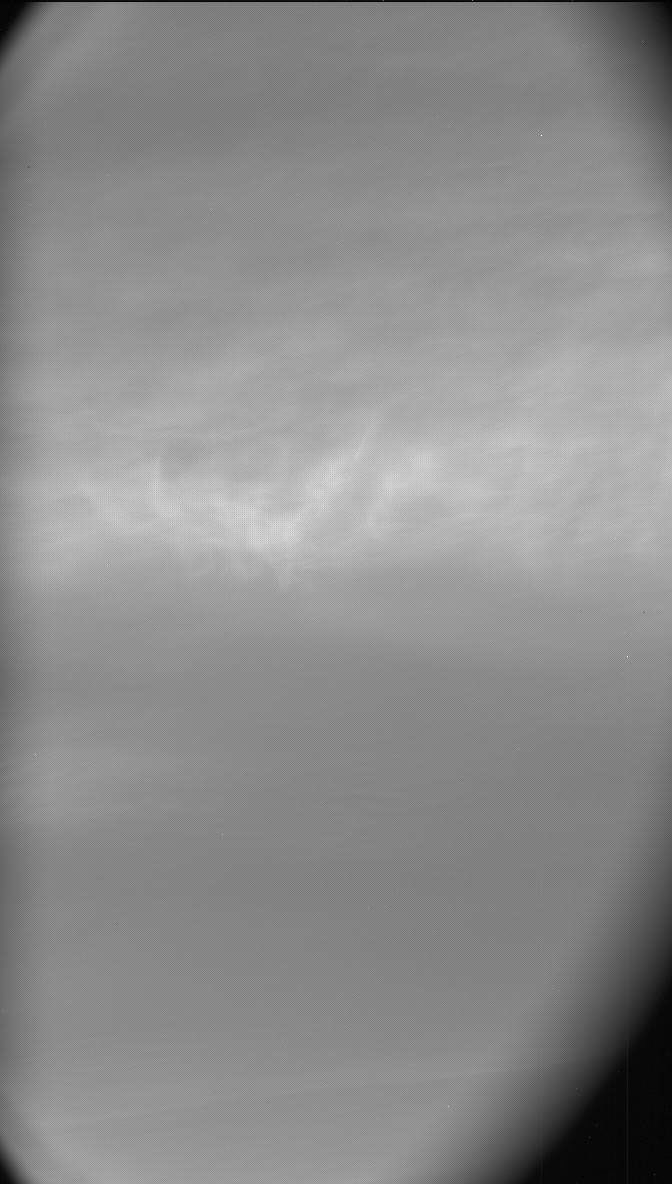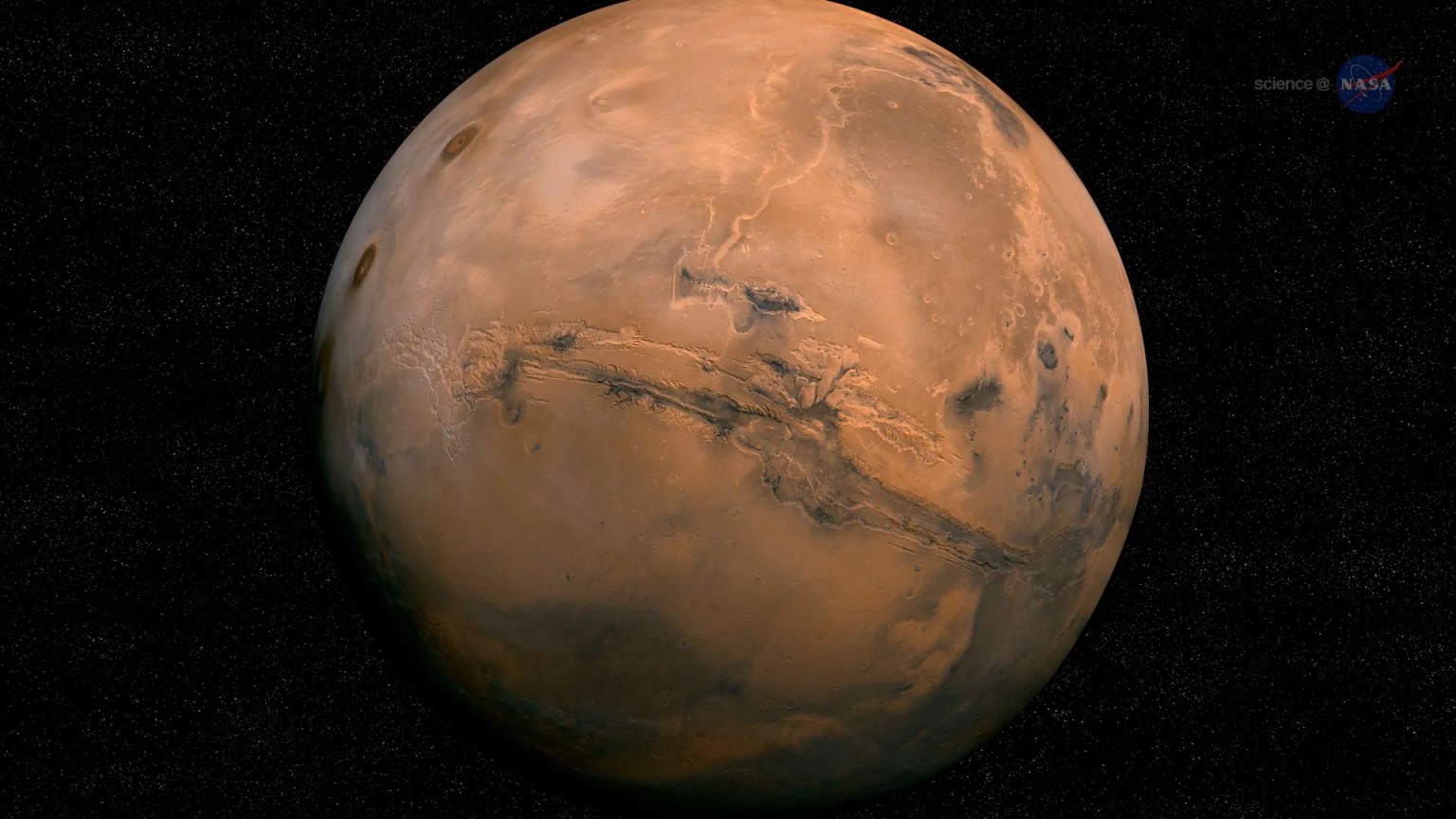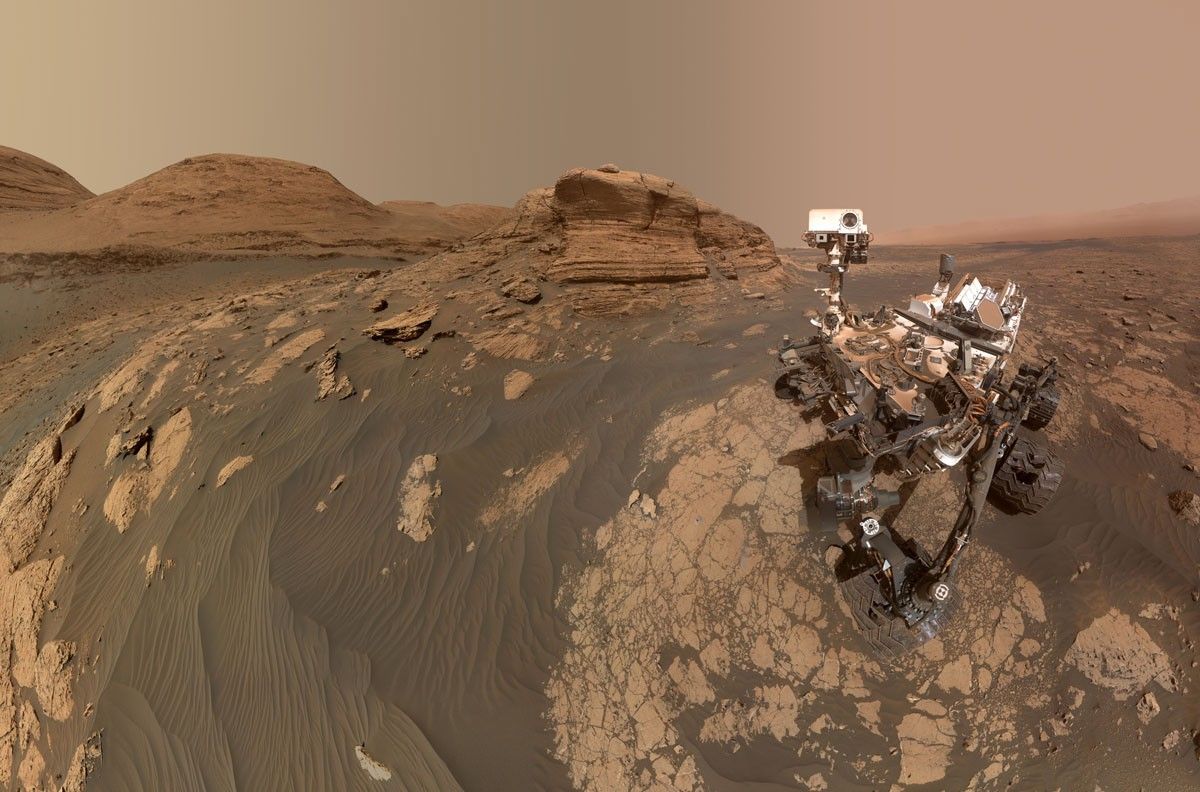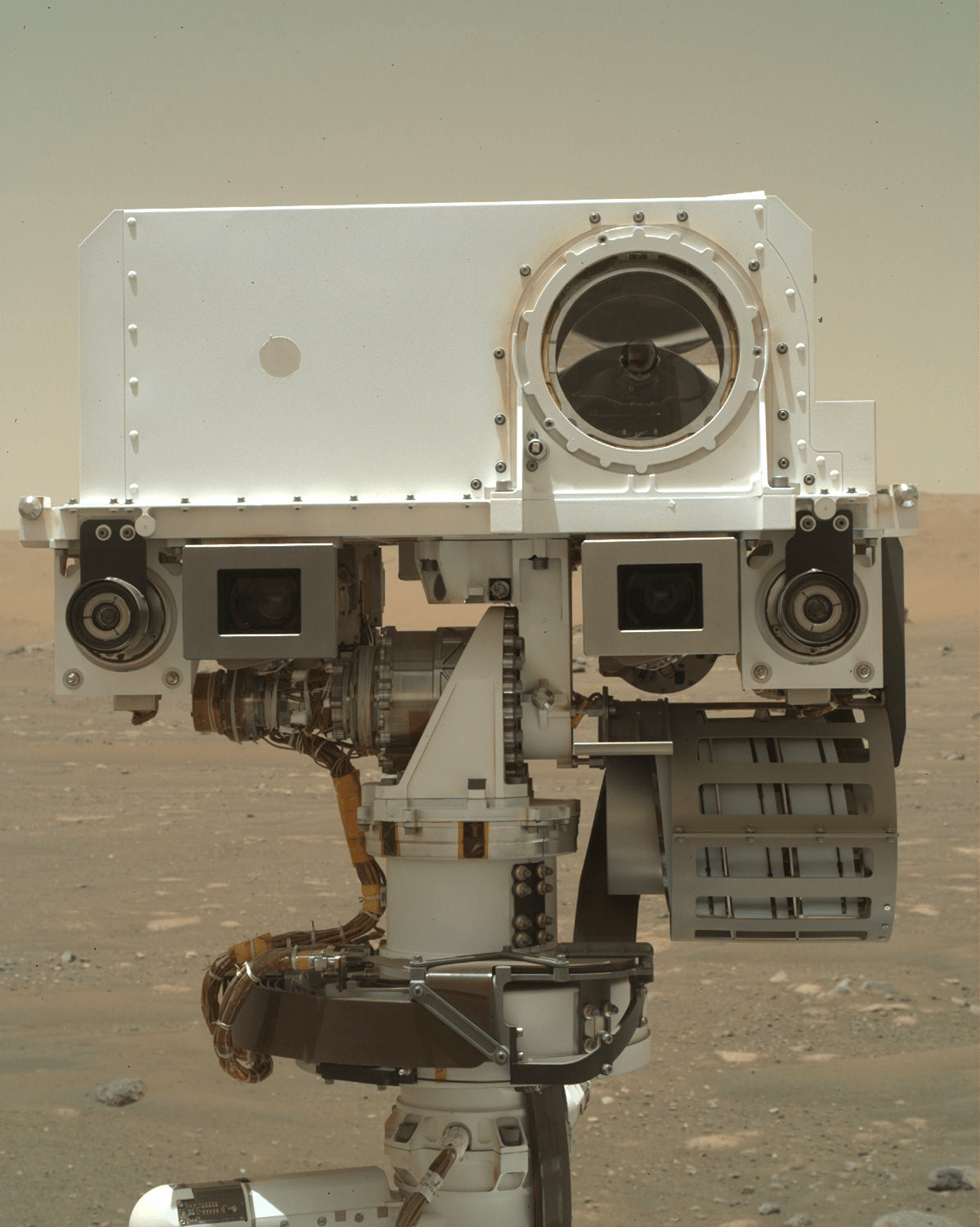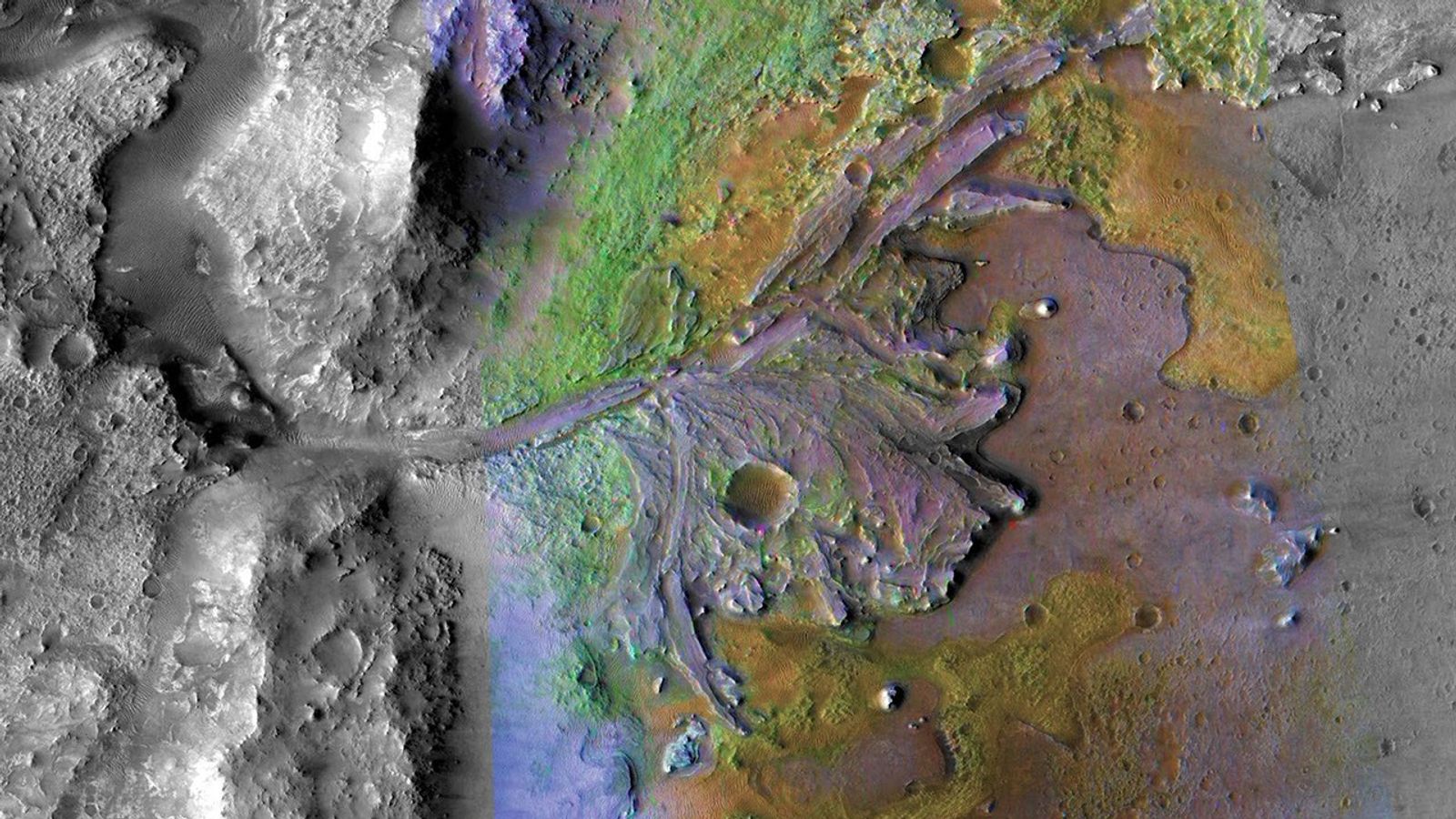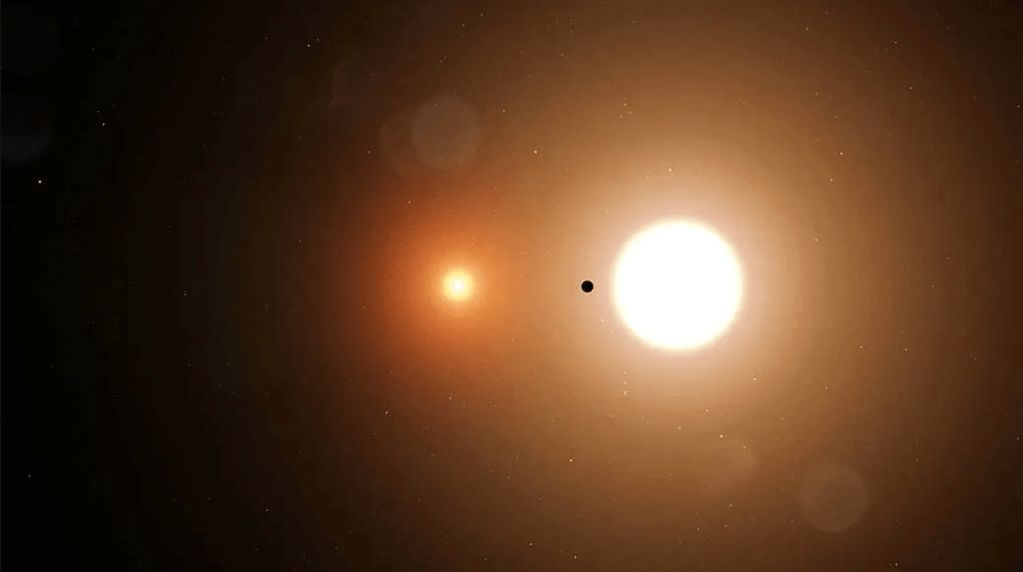Sols 4441-4442: Winter is Coming
Earth planning date: Friday, Jan. 31, 2025 Here in Earth’s northern hemisphere, the days are slowly getting longer, bringing with them the promise of an end to winter. While we are anticipating the return of warmer temperatures, just over 100 million kilometers (more than 62 million miles) away, Curiosity is starting to feel the bite […]

3 min read
Sols 4441-4442: Winter is Coming

Earth planning date: Friday, Jan. 31, 2025
Here in Earth’s northern hemisphere, the days are slowly getting longer, bringing with them the promise of an end to winter. While we are anticipating the return of warmer temperatures, just over 100 million kilometers (more than 62 million miles) away, Curiosity is starting to feel the bite of the colder season.
One of the quirks of Mars’ orbital configuration is that aphelion (when Mars is farthest from the Sun) occurs about a month and a half before the southern winter solstice. This means that winters in the southern hemisphere (where Curiosity is located) are both longer and colder than those in the northern hemisphere. Consequently, we need to spend more of our power on keeping the rover warm, limiting the time that can be spent doing science.
Today’s plan was fairly constrained by the available power, so our various instrument and science teams had to carefully coordinate their requests to ensure that we stay within the power limits that have been budgeted out over the next several plans. Our team is never one to back down from a challenge, so this plan squeezes as much science as possible out of every watt-hour of power we were given.
Our drive from Wednesday’s plan completed successfully (quite an accomplishment in the current terrain!). One of our wheels ended up perched a few centimetres up on a rock, so we aren’t able to use APXS or DRT today, but we were still able to unstow the arm to take some MAHLI images.
This plan kicks off with a pair of ChemCam and Mastcam coordinated activities. The first of these two focuses on some interesting polygonal fractures that we ended up parked in front of (see the image above). ChemCam will use its LIBS laser on these fractures before they are imaged by Mastcam. ChemCam will then use its RMI camera to take a mosaic of some features on the crater floor way off in the distance, which Mastcam will also image. Mastcam then goes it alone, with images of “Vivian Creek” (some sedimentary layers in today’s contact science target), “Dawn Mine” (a potential meteorite), and a trough off of the rover’s right side. The Environmental Science (ENV) team will continue their monitoring of the environment with a Mastcam tau to measure dust in the atmosphere as well as Navcam cloud and dust devil movies. After a short nap, the arm is unstopped to take a number of MAHLI images of “Coldwater Canyon,” over a range of distances between 5 and 25 centimeters away (about 2-10 inches).
The second sol of this plan is largely consumed by ENV activities, including another tau and a Navcam line-of-sight observation to monitor dust. A big chunk of this sol’s plan is taken up by ChemCam passive observations (not using the LIBS laser) of the atmosphere. This “passive sky” observation allows us to measure atmospheric aerosol properties and the amount of oxygen and water in the air. Of course, ENV couldn’t have all the fun, so this sol also contains a typical ChemCam LIBS observation of “Big Dalton” with a Mastcam image afterward. After stowing the arm, we will drive off from our current location.
Right before handing off to Monday’s plan, we wrap up with our typical early-morning ENV weekend science time, which includes more tau and line-of-sight dust observations and several Navcam cloud movies. RAD, REMS, and DAN also continue their monitoring of the environment throughout this plan.
Written by Conor Hayes, Graduate Student at York University
Share
Details
Related Terms
What's Your Reaction?
















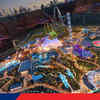


.jpg?#)











